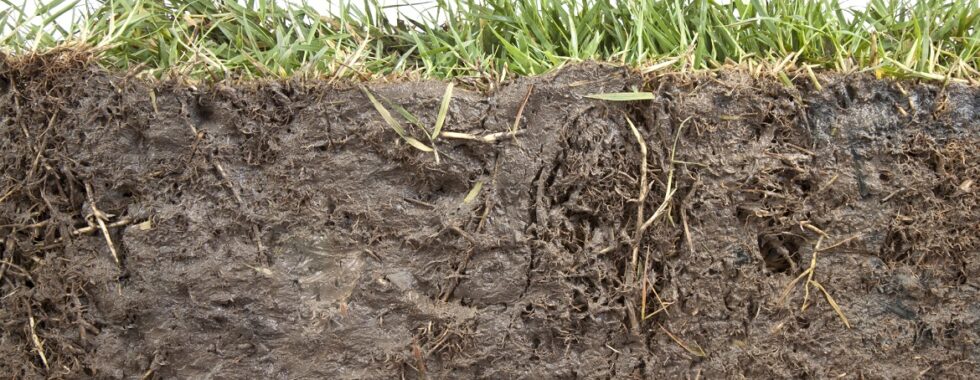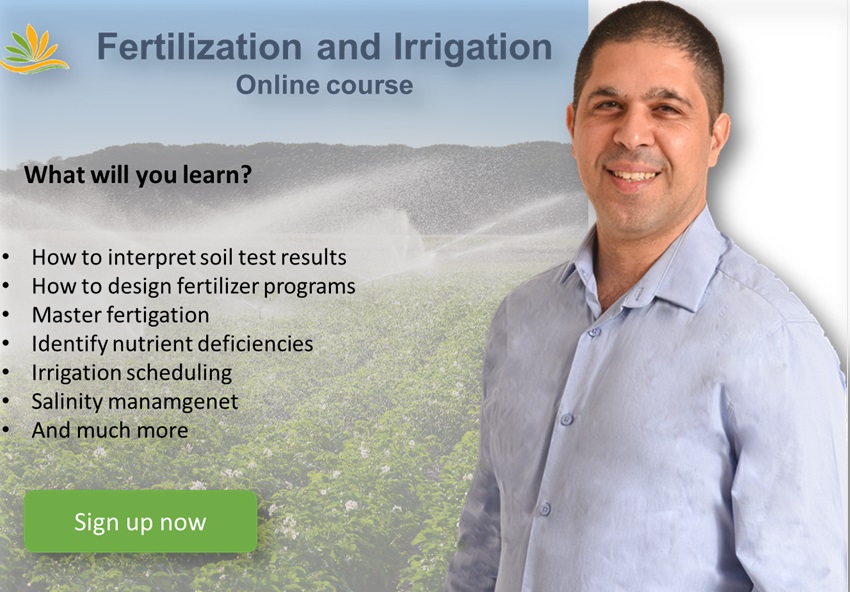Soil water dynamics
Soil water plays a crucial role in the growth and survival of plants. It is held within the pores between soil particles. Therefore, the maximum water-holding capacity is determined by the porosity of the soil (the total volume of pores).
Types of soil water
There are three primary types of soil water: Gravitational water, capillary water, and hygroscopic water. Each type is influenced by distinct forces acting on the water within the soil.
Gravitational water is the water that moves through the soil by the force of gravity and drains. Gravitational water flows through the larger pores of the soil and is quickly drained.
Hygroscopic water, on the other hand, exists as a thin layer of vapor, held tightly to soil particles by surface forces. Therefore, hygroscopic water is not available for plants.
Capillary water refers to the water held inside soil pores against gravity. The capillary forces that hold the water inside the pores is a result of the ratio between adhesion and cohesion forces. Adhesion is the tendency of water molecules to stick to other surfaces, and cohesion is the tendency of water molecules to stick together. Capillary forces are stronger when adhesion exceeds cohesion, and they are more pronounced in smaller pores.
Impact of pore size on soil water retention
Fine-textured soils, such as clay and clay-loam soils, have a larger porosity compared to coarse-textured soils like sand. As a result, they can hold more water than sandy soils. However, a significant portion of the water held in fine-textured soils is not available to plants due to the small pore size, which tightly retains the water.
To absorb soil water, plants must overcome the forces that hold the water in soil pores.
Different soil moisture conditions were defined. These moisture conditions give an indication of the availability of water to plants.
Assessing soil moisture content
Soil moisture content represents the percentage volume of water in the soil at a given moment.
Laboratories determine soil moisture content by drying a known volume of soil and calculating the percentage water content, using the following formula: % moisture content = (weight of wet soil – wet of dry soil)/(weight of dry soil) X 100
Soil moisture content can be also measured with soil sensors.
Saturation: When all pores are filled with water. Saturation occurs when all soil pores are filled with water. However, this condition is not an ideal for plants as their roots require access to air as well. .
Field capacity: Ideal moisture condition. refers to the moisture content of the soil after drainage has ceased. In this state, the larger pores, that cannot hold the water against gravity are filled with air. By definition, field capacity represents the water content retained in the soil at a tension of -0.33 bar.
In well-drained soils it is considered to be the ideal moisture conditions for plants, as water in this condition is readily available.
However, in certain soils, maintaining the soil in field capacity may result in lack of oxygen to the root system or in development of stem and root diseases.
Permanent Wilting point: Limitations on water absorption. The permanent wilting point represents the moisture content of the soil at which plants are unable to extract water. At this point, water it is held tightly in soil pores, making it inaccessible for plant roots. By definition, the permanent wilting point corresponds to the water content of the soil at tension of -15 bar.
Calculating the Total Available Water (TAW)
The difference field capacity and wilting point is known as the Available Water. When this difference is converted into water amount, it is referred to as Total Available Water (TAW).
To calculate TAW, subtract the wilting point percentage from the field capacity percentage. For example, if the field capacity is 20% and the wilting point is 13%, then the available water would be 7%.
To convert available water to a quantity, multiply the available water percentage by the soil depth and the conversion factor. The conversion factor is typically 10 for centimeters or 1,000 for millimeters. For instance, with a root system depth of 20cm, the calculation would be as follows:
TAW= 0.07 x 1,000 mm/m x 0.2m = 14mm (140 m3/ha).
Readily Available Water (RAW): Extractable moisture for plants. As water is gradually depleted from the soil, the remaining water becomes more difficult for plants to extract. At a certain point, the hydraulic conductivity decreases, leading to a significant reduction in water flow towards the roots.
The Readily Available Water represents the portion of soil moisture that can be easily extracted by plants. It encompasses the moisture content of the soil between field capacity and a refill point. The refill point is determined by multiplying the Total Available Water by a fraction called “depletion fraction” (p). The depletion fraction varies depending on the crop and is often set at 0.5 for many crops.
By understanding these soil moisture conditions and their corresponding measurements, farmers and agronomists can optimize irrigation practices, ensuring that plants receive an adequate water supply.




